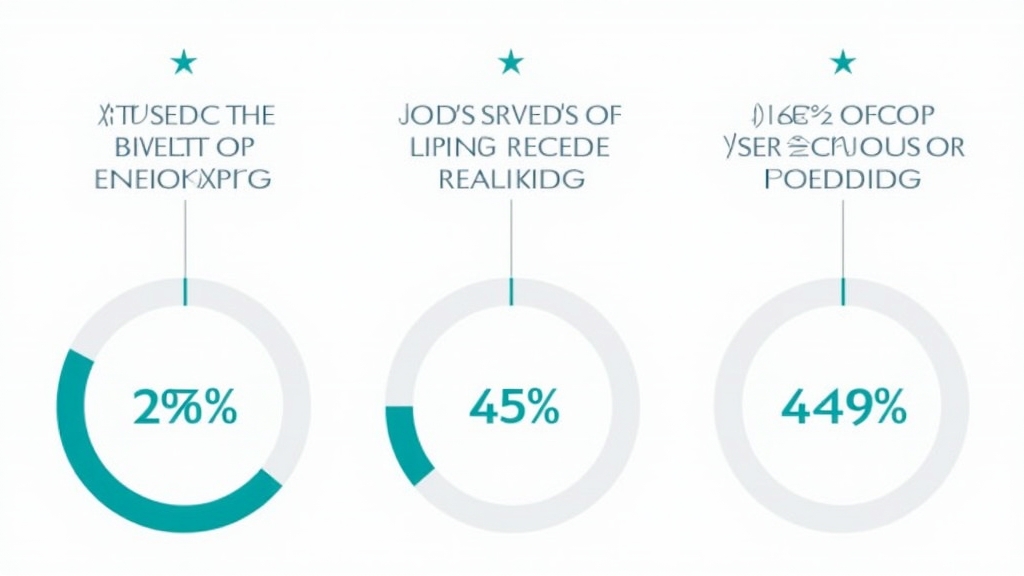Marketing: Website Load Speed Optimization for Better Performance
Introduction
In the fast-paced world of digital marketing, website load speed is crucial. A slow-loading site can frustrate users and lead to high bounce rates. In fact, studies show that 53% of mobile users abandon sites that take longer than three seconds to load. This not only affects user experience but also your SEO rankings on search engines like Google. When your site loads quickly, it enhances user satisfaction and improves your chances of ranking higher in search results. Let’s explore how optimizing your website’s load speed can boost performance and enhance your online presence.
Understanding Website Load Speed
What Is Website Load Speed?
Website load speed refers to the time it takes for a webpage to fully display its content after a user clicks on it. This includes images, text, videos, and other elements on the page. Faster load speeds create a smoother browsing experience for visitors.
Factors Affecting Load Speed
Several factors influence how quickly a website loads. These include:
- Server Response Time: The time taken by the server to respond to requests.
- File Sizes: Larger files take longer to download.
- Number of Requests: More elements on a page mean more requests made to the server.
- Browser Caching: If browsers store certain data, they can load pages faster upon return visits.
Understanding these factors helps you identify areas for improvement in your site’s performance.
Benefits of Optimizing Load Speed
Enhanced User Experience
A fast-loading website significantly improves user experience. Visitors are more likely to stay engaged with content when they don’t have to wait long for pages to appear. A seamless browsing experience encourages users to explore more pages on your site.
Increased Conversion Rates
Optimizing load speed can directly impact conversion rates. Studies indicate that even a one-second delay in loading time can reduce conversions by 7%. Faster websites encourage users to complete actions like signing up or making purchases.
Improved SEO Performance
Search engines prioritize websites that offer quick loading times in their rankings. By optimizing your site’s speed, you increase its visibility in search results, leading to more organic traffic and potential customers finding you online.
Techniques for Website Load Speed Optimization
Image Compression and Optimization
Images often make up most of a webpage’s size. Compressing images reduces their file size without sacrificing quality. Tools like TinyPNG or JPEGmini can help optimize images before uploading them.
Minimizing HTTP Requests
Each element on a webpage requires an HTTP request from the server, which slows down loading times if there are too many elements present. Simplifying designs by reducing unnecessary graphics or combining CSS/JavaScript files can minimize these requests effectively.
Utilizing Content Delivery Networks (CDNs)
CDNs distribute copies of your website across multiple servers worldwide. When users access your site, they connect with the nearest server, speeding up content delivery significantly compared to relying solely on one central server location.
Tools for Measuring Load Speed
Google PageSpeed Insights
Google PageSpeed Insights analyzes web pages and provides suggestions for improving performance based on various metrics related to loading speeds.
GTmetrix and Other Analytics Tools
GTmetrix offers detailed reports about page speed performance along with recommendations tailored specifically for enhancing load times. Other tools like Pingdom also provide valuable insights into how well your site performs under different conditions.
Best Practices for Maintaining Optimal Load Speed
Regular Monitoring and Testing
Regularly testing your website’s load speed ensures any issues are identified early before they affect user experience or SEO rankings negatively.
Keeping Software Up to Date
Outdated software can slow down websites due to compatibility issues or lack of optimization features available in newer versions; therefore keeping everything updated is essential for maintaining optimal performance levels over time.
Common Mistakes to Avoid in Load Speed Optimization
Over-Optimization Issues
While optimizing is important, overdoing it may lead some functionalities being compromised—such as image quality or interactive features—which could hurt overall user engagement instead of helping it!
Ignoring Mobile Users
With increasing numbers accessing sites via mobile devices today—ensuring mobile optimization should be prioritized alongside desktop versions since both platforms have different requirements regarding layout design & functionality needs!
Conclusion
In summary, optimizing website load speed is vital for enhancing user experience while boosting conversion rates and improving SEO performance simultaneously! Regular monitoring combined with effective techniques such as image compression & utilizing CDNs will keep visitors happy while ensuring search engines rank you favorably!
By focusing on these aspects diligently—you’ll create an engaging platform where users feel encouraged returning repeatedly!
📢 Explore More: Continue Your Journey!
If this article helped you understand why website load speed matters so much—check out The Ultimate Guide To Improving Your Site’s SEO! It covers essential strategies that will further enhance visibility online through effective optimization techniques!














![NEEWER 55W 18"/45cm Ring Light Kit [New Version], 5600K Dimmable ...](https://m.media-amazon.com/images/I/414QLqvZWLL._AC_.jpg)








